We’ve all been told told not to judge a book by its cover, but what about judging a decade, an artistic moment, or a society? In his latest collection, The Illustrated Dust Jacket: 1920–1970, illustration professor Martin Salisbury traces the history of the book jacket from its origins as a simple dust guard for expensive bound books to its evolution as a promotional tool meant to catch the eye. The middle of the twentieth century marked a high point for the medium, as the period’s leading illustrators brought contemporary visual styles into readers’ hands. A selection of these covers, in chronological order, appears below along with Salisbury’s captions.
One of the standout dust jackets of the twentieth century, Hammond’s design juxtaposes delicate color harmony with nightmarish vision.
For this collection of stories featuring the intrepid international sleuth Barron Ixell, Arthur Hawkins’s highly theatrical design is repeated to create a full wraparound jacket.
The dramatic use of light and dark by Ancona (the nom d’artiste of Edward D’Ancona) immediately conveys that this is a mystery novel (one of only two written by Frederick Faust under this pseudonym) and echoes the film-noir genre of the period.
The artist’s lifelong preoccupation with the drama and beauty of landscape is given full rein in this spectacular wraparound design. The exaggerated, almost heroic, posing of the foreground figures suggests the influence of Soviet realism. John Buchan’s adventure story (published the year after his death) follows Sir Edward Leithen as he travels in the Canadian Arctic to investigate a man’s mysterious disappearance. No doubt Rockwell Kent’s own experiences in Alaska helped him to capture the feel of the novel’s locale. The jacket first appeared on the Houghton Mifflin (Boston) edition, published in the same year.
Alvin Lustig’s distinctive hand-rendered lettering was a key pictorial feature of the early editions of this striking jacket design. Sadly, in later editions, this was removed and replaced by a font—a rather ill-fitting Akzidenz-Grotesk Bold.
Barbara Jones’s dust jacket for her own book is one of the most memorably idiosyncratic designs of the twentieth century. The existence of an early rough with the title English Vernacular Art suggests some dialogue with the publisher.
This is one of the most widely known of Edward McKnight Kauffer’s designs. For the novel, narrated by an unnamed black man, the jacket features a clever solution to the problem of how to make invisibility visible.
Many of Barnett Freedman’s book jackets were cleverly designed to repeat the front image on the back seamlessly. This example shows the artist at his best. The design is also repeated on the cover boards.
The jacket is one of Eric Fraser’s most strikingly original designs. Dr. de Ropp’s first book introduced readers to the joys and mental tortures of ancient herbs and modern drugs.
Adolf Hoffmeister focuses on the American West in this design for Jules Verne’s classic. Using collage, he somehow manages successfully to balance imagery of widely differing graphic origin as well as the ornate type, which echoes the strong reds in the profile of the Native American.
Eudora Welty’s only book written specifically for children was illustrated throughout by Beth Krush, who also designed the jacket. The use of overprinting to maximize color separations and the cleverly integrated titles make this a particularly pleasing design.
It is difficult to imagine a more appropriate choice than Milton Glaser for the jacket design of Tom Wolfe’s account of late-sixties psychedelic-drug culture through the experiences of Ken Kesey and the Merry Pranksters.
Martin Salisbury is professor of illustration at Cambridge School of Art in Anglia Ruskin University.
All images excerpted from The Illustrated Dust Jacket, 1920–1970, by Martin Salisbury.
from The Paris Review http://ift.tt/2GAWRjQ
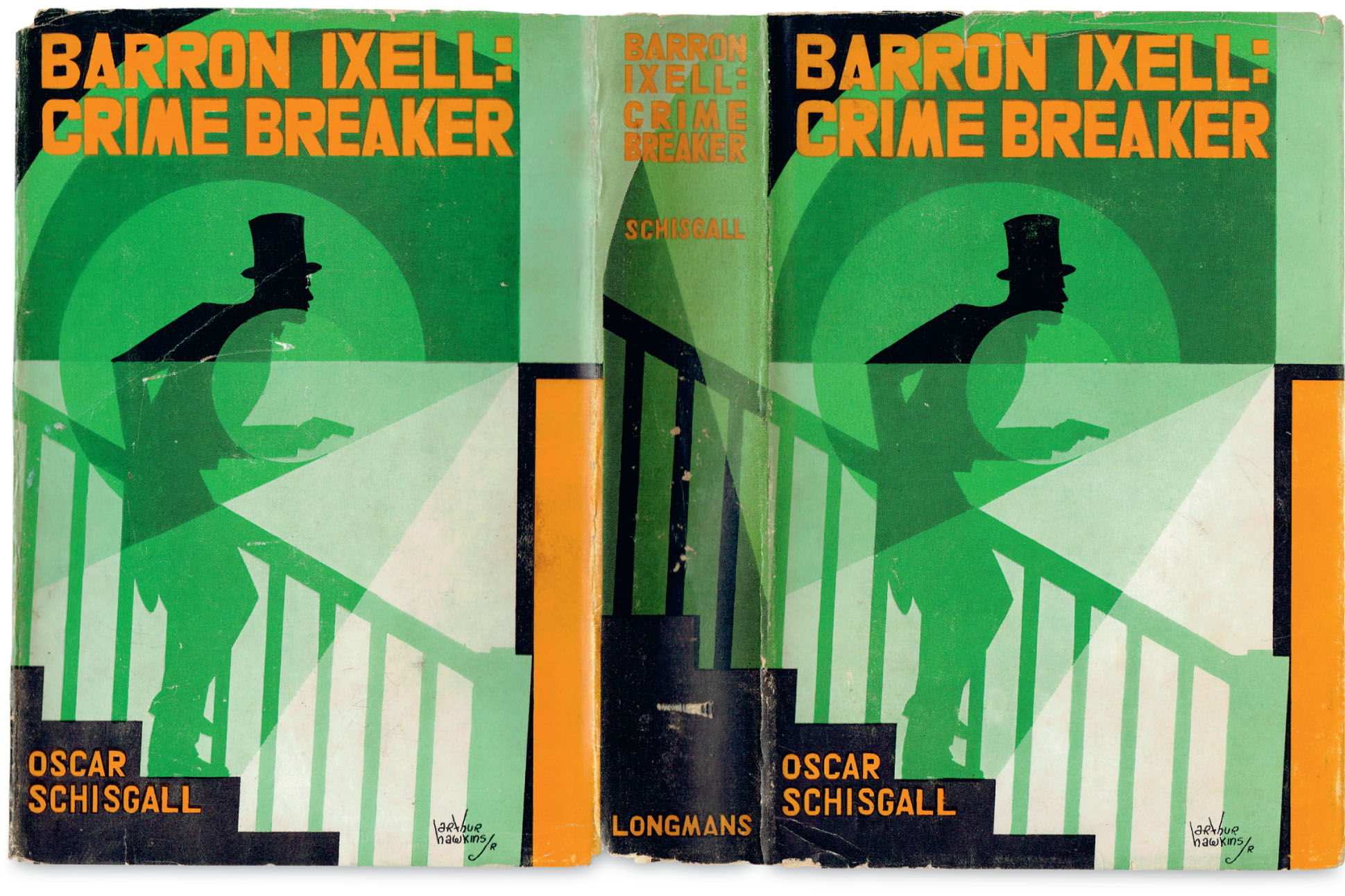
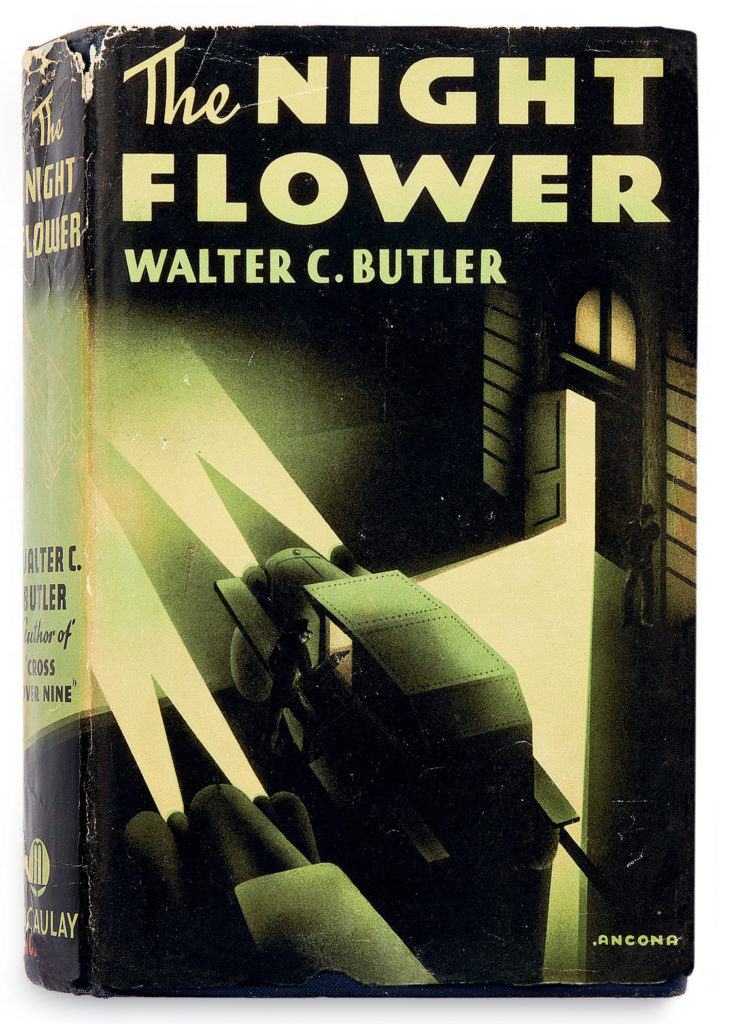
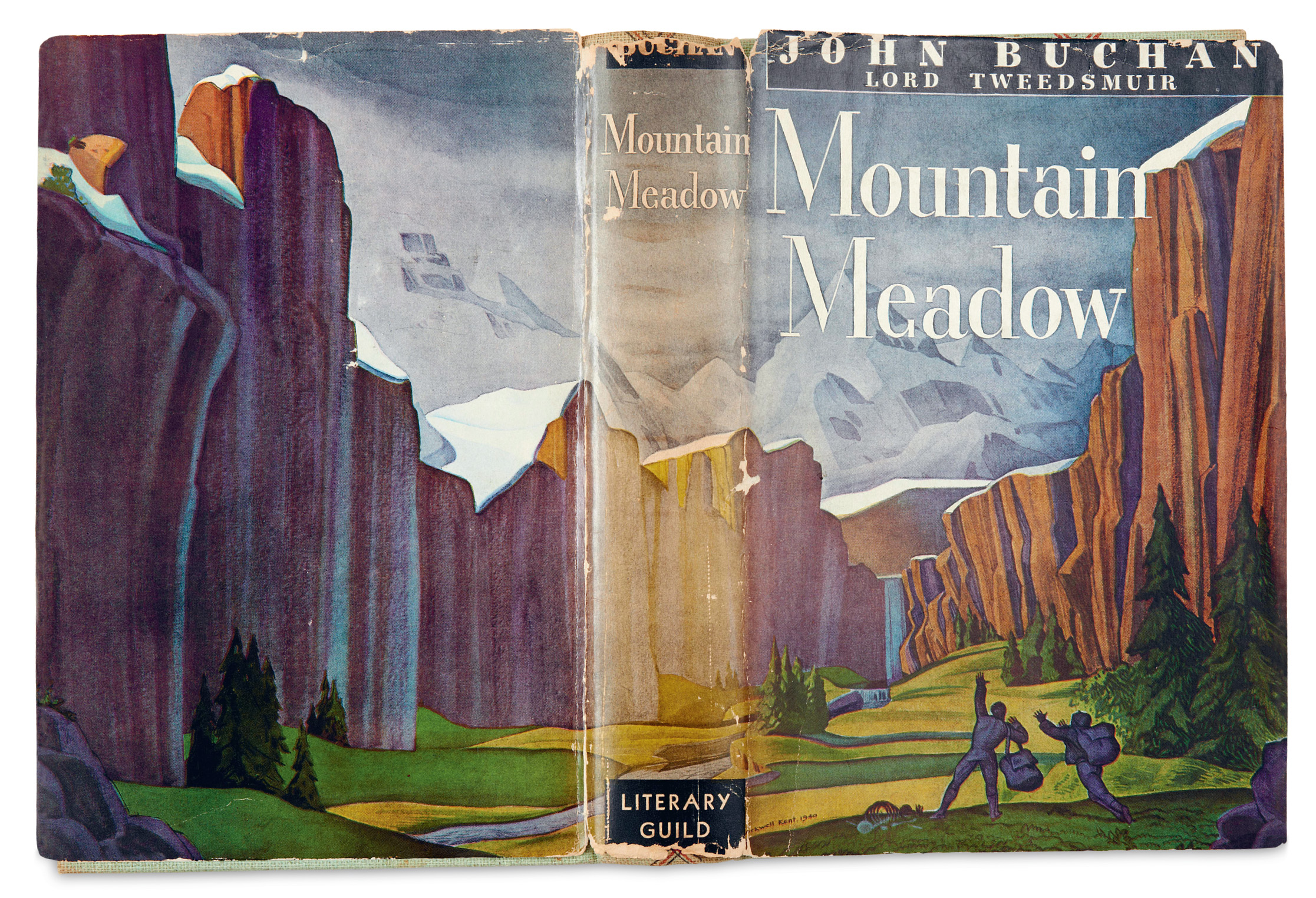
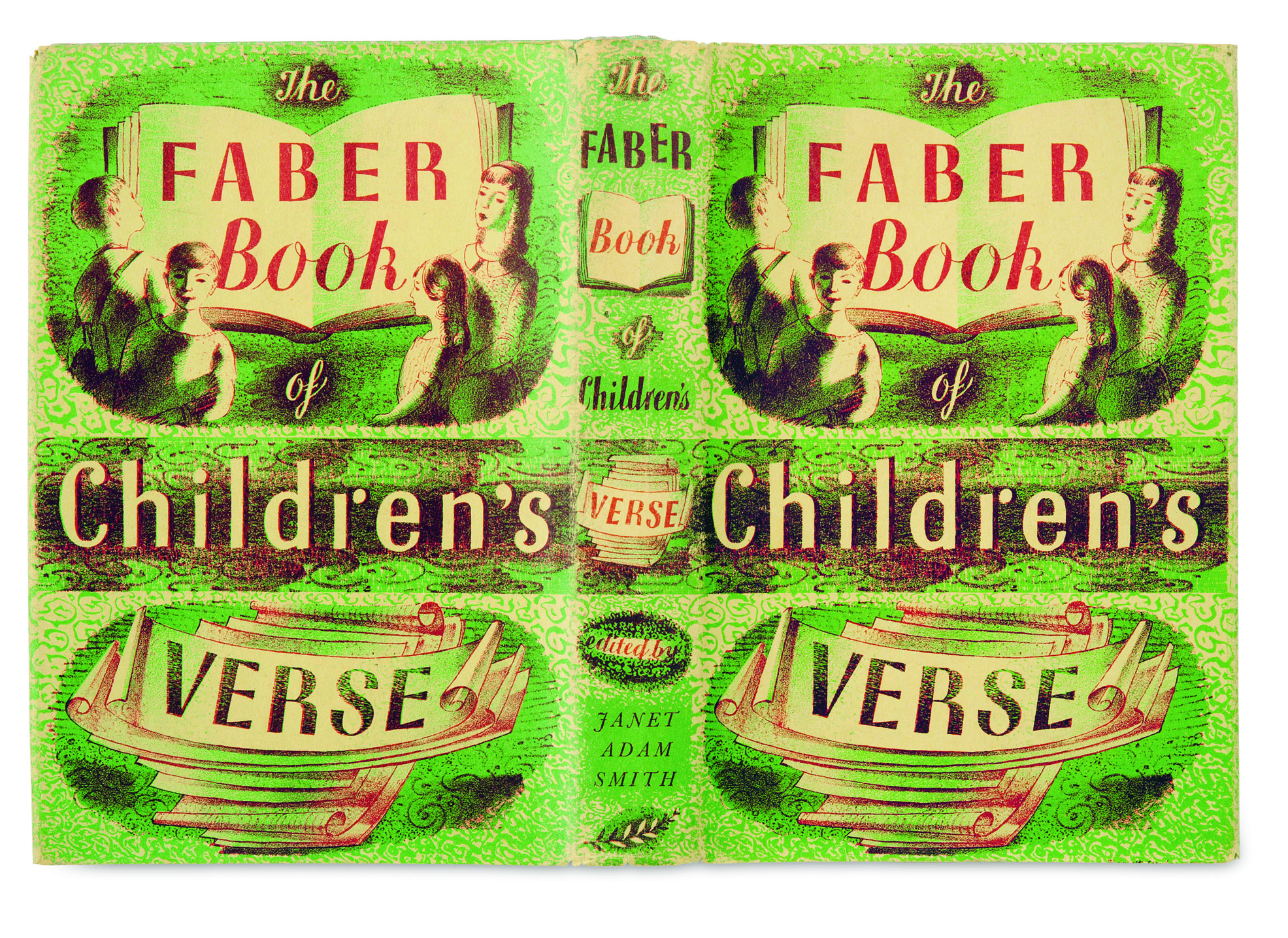
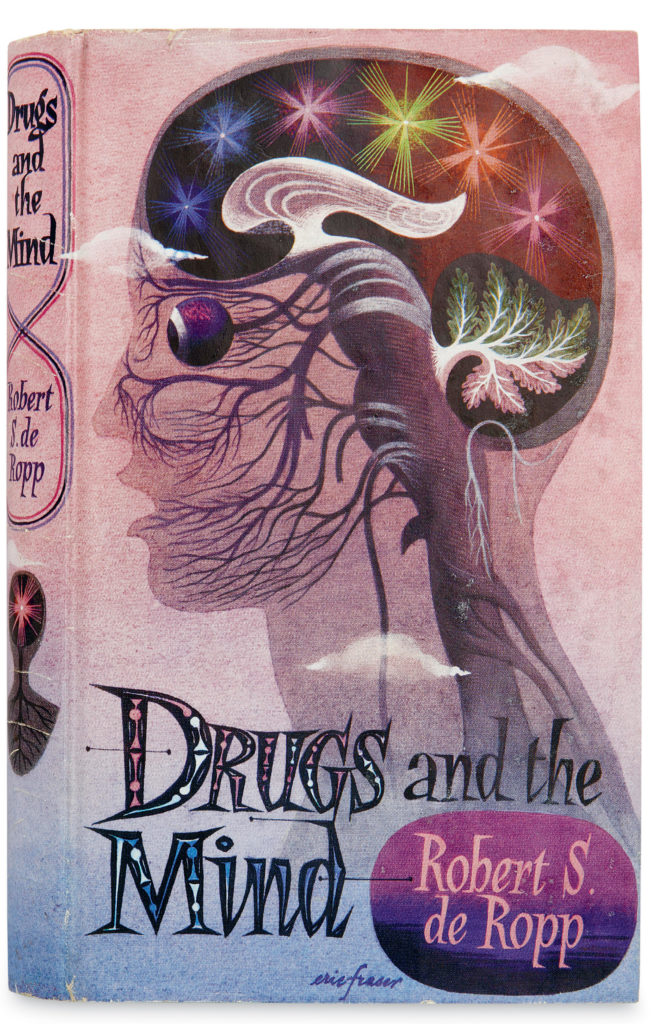
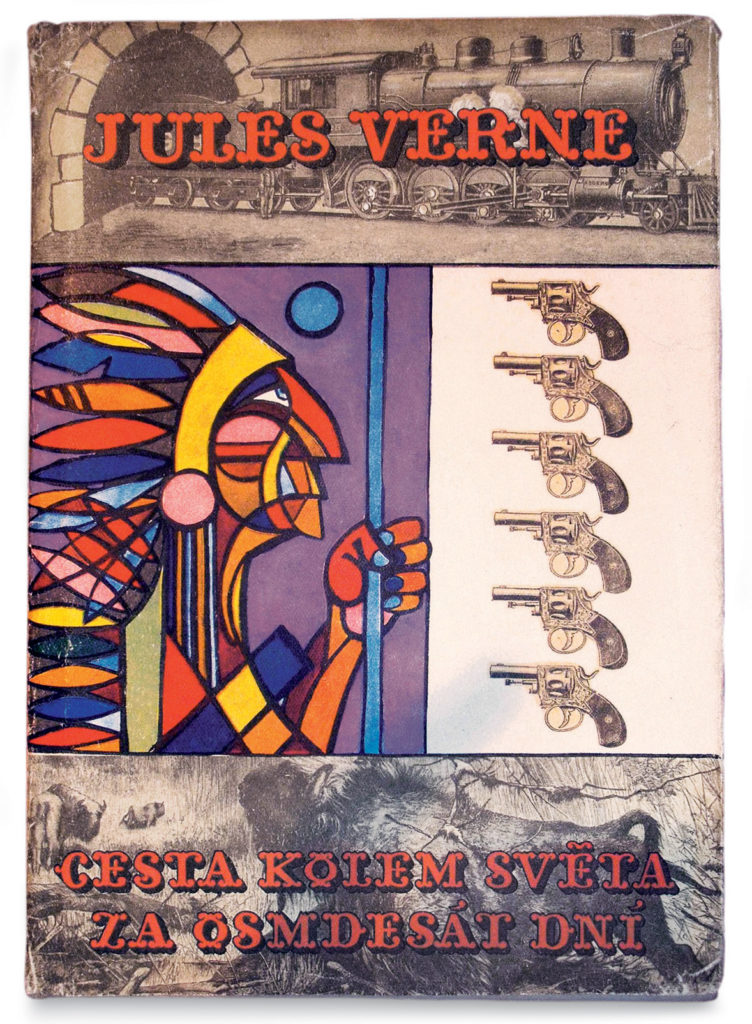
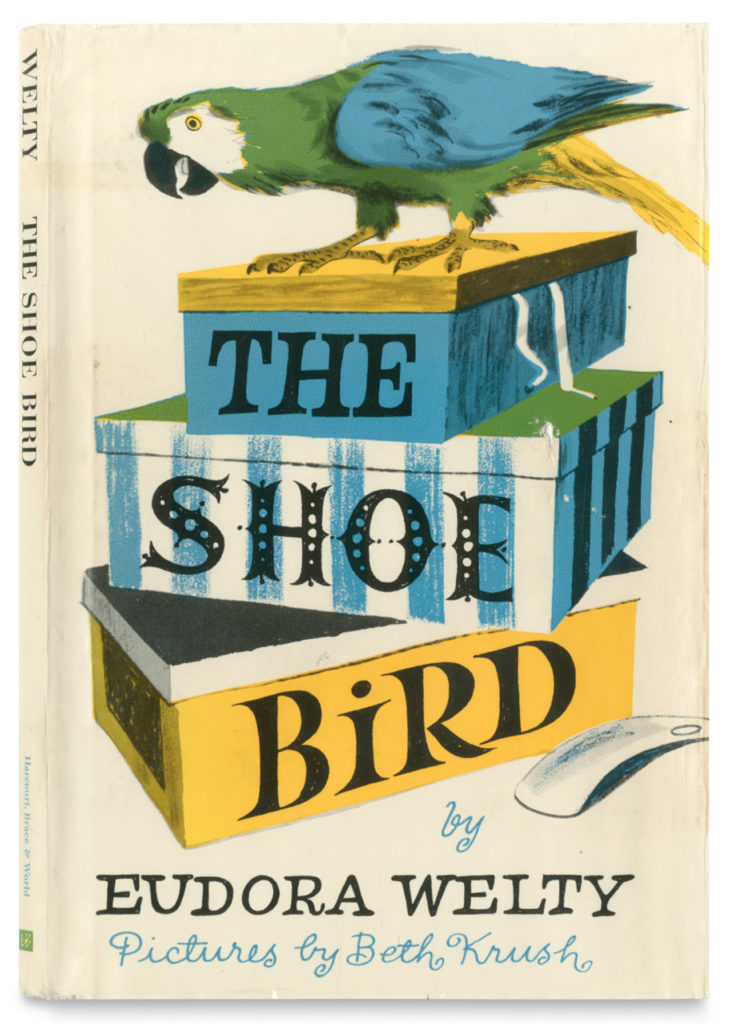
Comments
Post a Comment